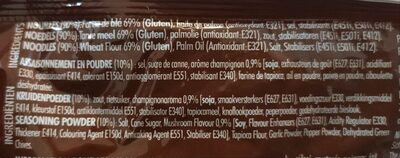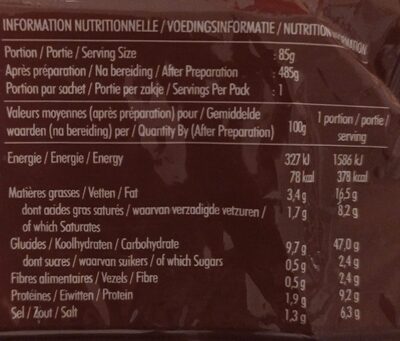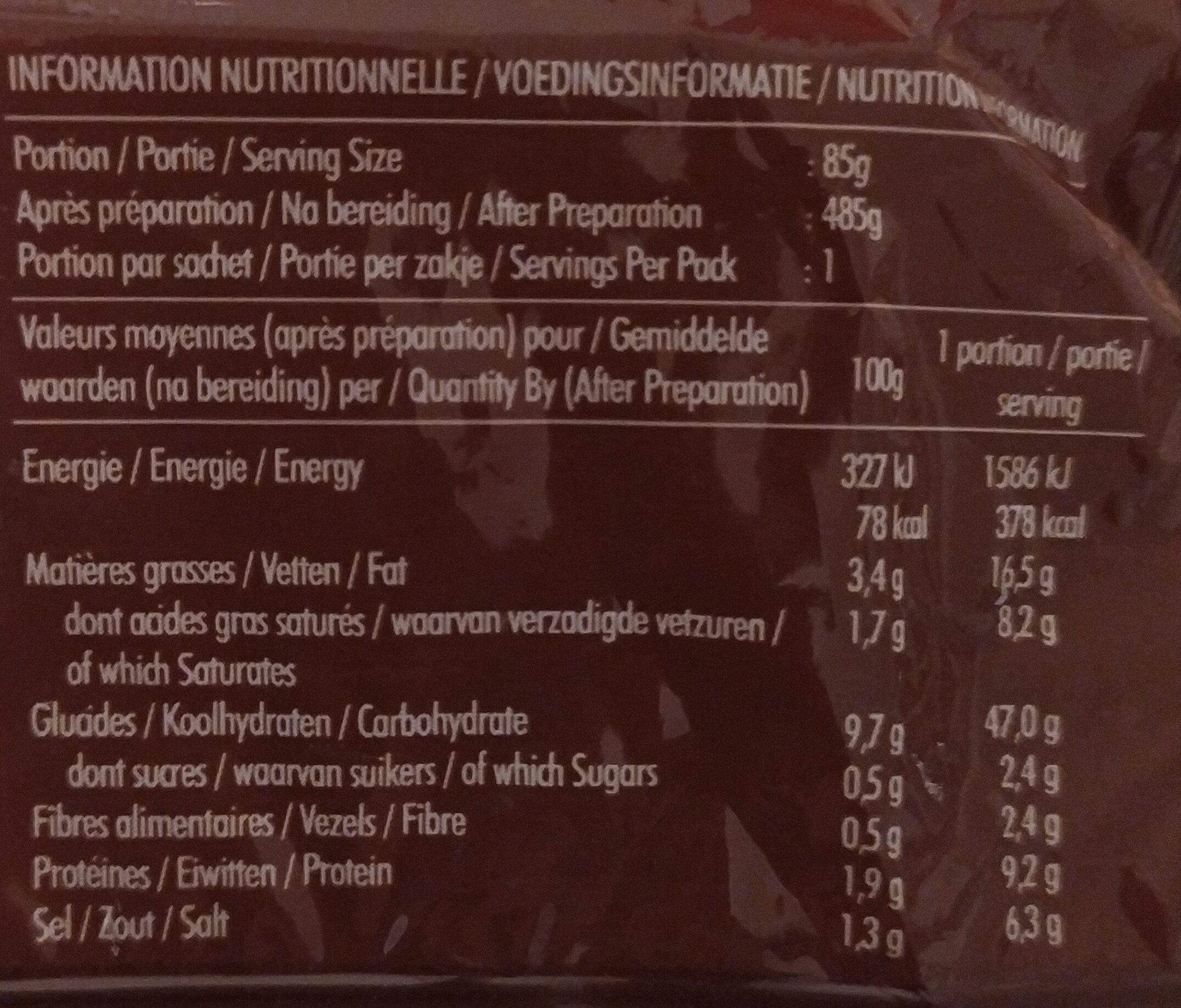Nouilles orientales arôme de champignons - 85 g - Mamee
This product page is not complete. You can help to complete it by editing it and adding more data from the photos we have, or by taking more photos using the app for Android or iPhone/iPad. Thank you!
×
Barcode: 9555022300030 (EAN / EAN-13)
Common name: Nouilles instantanées
Quantity: 85 g
Packaging: fr:Sachet plastique
Brands: Mamee
Categories: Plant-based foods and beverages, Plant-based foods, Cereals and potatoes, Cereals and their products, Meals, Dried products, Pastas, Dried products to be rehydrated, Noodles, Soups, Dried meals, Instant noodles, Dehydrated soups, fr:Nouilles-asiatiques, fr:Nouilles-orientales, fr:Soupes-de-nouilles
Manufacturing or processing places: Malaisie
Countries where sold: France
Matching with your preferences
Environment
Carbon footprint
Packaging
Transportation
Threatened species
Report a problem
Data sources
Product added on by tacinte
Last edit of product page on by jusdekiwi.
Product page also edited by foodvisor, jacob80, kiliweb, packbot, tacite, tacite-mass-editor, yuka.WllZZU0vc1J2T01IcGN3RzFFck8xZkJMNkxhb1lXT1VNY0VhSVE9PQ, yuka.Zm9BUU81UWYrZGtTcXRvWG9pTFUxT3RMbkpLTVdVV29MTTBMSWc9PQ, yuka.sY2b0xO6T85zoF3NwEKvlndsa-bEuCvZNRXinhGQzfyULcbTY-lu-af8LKg.








